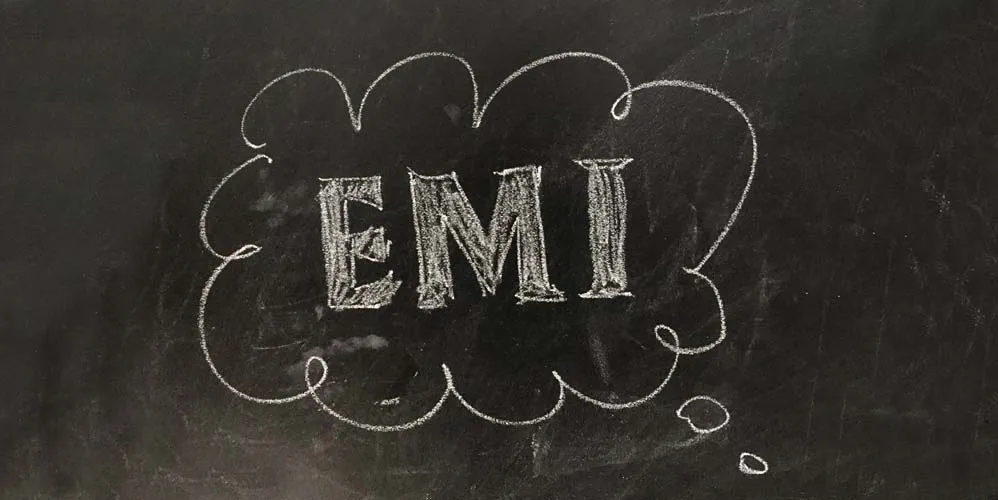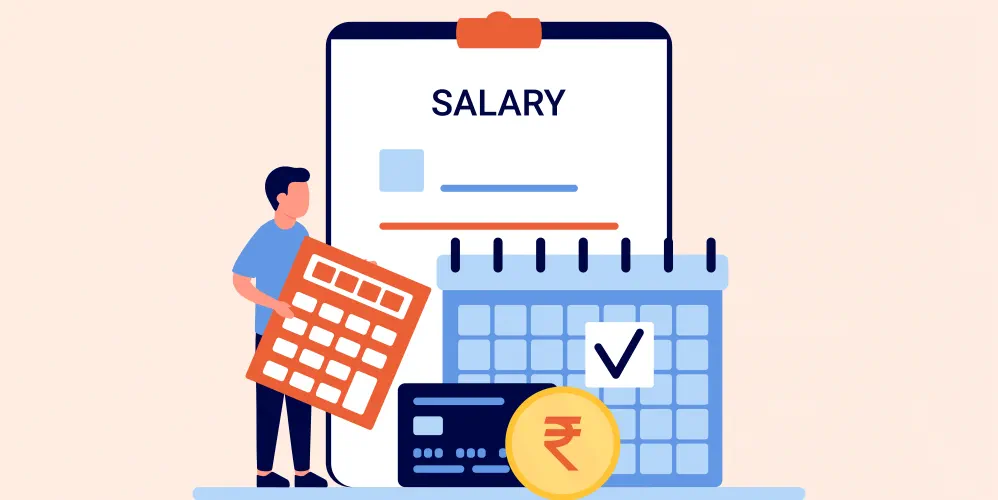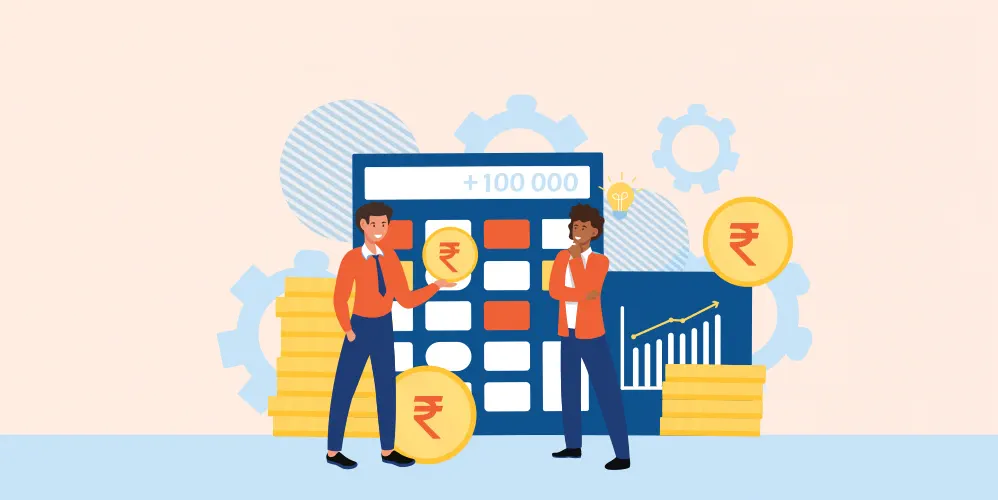
वर्ष 2023 के लिए ध्यान में रखने योग्य डिजिटल बैंकिंग रुझान
15 दिसम्बर 2022

Table of Content
-
Digital Banking Trends 2023
-
Preference for digitalization in banking
-
Banking will boil down to customer experience
-
Increasing digital channels in banking
-
AI upped digitalization in banking
-
Fintech digital banking unwraps new competition
-
BNPL
-
Digital Banking Units
-
The larger role of Big Data and Analytics
-
Blockchain in the banking sector will take on a larger role
-
Opportunity for metaverse in banking
-
No-code/low-code (LCNC) platforms enabling faster banking service
-
-
Final Thoughts
With the advent of technology in banking, we are already experiencing a significant change in the way digitalization in banking is affecting the Indian population. Indian consumers, merchants and local vendors are getting used to the technology of cashless financing. Banking apps are also focused on customer ease and solutions, tapping all customer need with intuitive analysis, hosting payment gateways to other more complex solutions, this trend is bound to take off more in the coming years. Though the trend has caught more with the younger generation, it is equally important to upskill the older generation less proactive to the change. Also, while the urban population is holistically gripped by fintech through payments, investments and credits, the digital divide is strongly noticed in rural sectors that still lack technology, education, and training. While COVID-19 leapfrogged mass digital inclusion, bringing the entire population under the Digital Ecosystem will require greater accessibility through regional language, region-specific studies with organic development through offline ambassadors creating a local connection. We know that in India, the government has already set these initiatives in motion, let us see what digital banking trends 2023, hold for fintech digital banking.
Digital Banking Trends 2023
Preference for digitalization in banking
Contactless digitalization in banking will be a point of preference for consumers. Offline banking will soon lose customer attention and digital banking trends will gain traction. Physical banks may reduce in the future but in 2023, we will continue to see operational physical banks.
Banking will boil down to customer experience
Digital banking trends already reveal how much customer experience is a determinant factor that edges financial service providers towards customer retention. Products and services that enable customer-friendly applications while fulfilling their needs independently without human intervention, and one window operation will make a difference. The constant endeavour of banks to upgrade their service quality is in the process of customer feedback. Therefore in 2023, it can be expected that banks will work with greater experience wrapping advanced analytics, customising products, anticipating needs and reducing costs. The greater the thrust on individual customer experience the more loyalty and retention will bring profits into the business.
Increasing digital channels in banking
With neo banks gaining ground in the Indian financial landscape, open API banking gives data access to third-party fintech. Apps with faster transaction ease are providing secure service to customers. These open banking apps have reached the smallest vendor level upselling products and enabling transactions. With data integration, they are equally conscious of customer experience and fast innovation. Introducing automated variation and other facilities also opens doors for hacking. However, the API preference has made room for a customer comfort game changer. Developers will ensure data leakage to external parties is prevented and will find the best security measures to integrate these technologies.
AI upped digitalization in banking
As we come close to Q4 of 2022, many banks are laying thrust on digital solutions to extend their customer base. To prevent fraud and violation banks are involving pure technology companies that can save them from future breaches through better management of specialised data analytics. Reaching out to the customer in their language of comfort and greater inclusion of FAQ replace call centres with chatbots and virtual assistants. Some banks have already started including chatbots for customer ease. The younger customer seems well adjusted to chatbots and this technology will surely emerge stronger in digital banking trends. Chat bots, besides handling customer queries on banking services, will also have access to the customer's financial data. This would enable this AI application to play a more significant role in customer relationships by suggesting various products that the customer could benefit from. Working with customers, voice payments in banking will act like virtual assistants to simulate the physical and digital capabilities of the bank, benefiting the customer with the best service. So, it can be predicted that in 2023digitalization in banking will find greater AI involvement.
Fintech digital banking unwraps new competition
Banks will need to gear up and stay ahead of the competition posed by new financial players in the market. Fintech solutions such as peer-to-peer (P2P) platforms, those that offer Robo-advisors and digital wealth management tools provide a fillip to open API enabling account management through self-service. Fintech digital banking solutions pioneered by various digital payment solutions and have now emerged as competitors. Banks are partnering with these fintech digital banks to create better banking solutions.
BNPL
The rapid progress of Book Now Pay Later (BNPL) over the last two years has been significant. Customers enjoy greater freedom in using their funds for e-commerce shopping and instant credit through the BNPL platforms. The instant payment facility allows flexibility to online shoppers who can buy now and pay later in EMIs. The BNPL apps became the preferred credit offering provider during the COVID-19 times. Small ticket-size loans supported by NBFC lenders also caught up with customers. The future holds greater regulations on short-term time lending products for BNPLs, controlling the growth in easy loan disbursement for this segment.
Digital Banking Units
Banking services are set to touch the last mile with the 75 Digital Banking Units (DBU) initiative. Embracing greater banking inclusivity, India is poised towards a progressive banking system consolidating the digital ecosystem by facilitating improved and seamless banking for all. In the future, the country is ready to boost digital initiatives in banking that touch the hinterland and combine all under uniform digital financing.
The larger role of Big Data and Analytics
The importance of big data has been realised by banks for understanding customer behaviour and personalising service through predictive tools. The future enhancements in digitalization in banking will depend on translating the results of analytics into practice. While intuitive data collection will make a powerful appearance, understanding the actual intent of the customer will demand greater study leading to business conversion.
Blockchain in the banking sector will take on a larger role
Financial activity will be inclusive through blockchain banking. KYC and due diligence that requires verification, contract execution, tracing, and data protection will be enabled through blockchain which does not allow alteration or deletion of the stored data increasing task completion without intermediaries further releasing the pressure and role of traditional banks. Banks will include regulated and standardised cryptocurrencies that require blockchain technology. Users can trade, exchange, lend and borrow from the digital currency that will emerge as an alternate digital currency option for users.
Opportunity for metaverse in banking
After digitalization, the next big change that would affect banking is metaverse technology. What does this entail? This technology would enable you to virtually enter your bank branch and be assisted by a virtual customer representative avatar who could take you through a loan process or access your vault. Metaverse will probably bring back the read-write practice of building security that mobile banking applications have changed. Blockchain holds great relevance for various banking applications and not just NFTs and cryptocurrencies. Metaverse combined with Blockchain can open new possibilities in trade, purchase, and transaction. AI, VR combined Metaverse will foster healthy customer servicing and train future banking employees.
No-code/low-code (LCNC) platforms enabling faster banking service
Customer-centric products expect cutting-edge technology like No-code/low-code platforms. The technology makes it possible to complete the development of user-friendly programs in days rather than months making platforms easier to access and simple to handle. LCNC paves way for banks to become more self-serving than relying on external agencies to help them fulfil the role of digitalization in banking. These offer unprecedented speed boosting which is 10 times faster and scaled for user ease. It allows rapid application development and deployment in days as opposed to low-hand coding which can take months to develop.
Final Thoughts
The role of digitalization in banking, as digital banking trends reveal, is poised for new developments. Customers to be attuned to digitalization in banking should ask themselves how some of these technologies can enhance their banking experience. Will it build a better retailer journey, and will it attract more customer loyalty with embedded financial options? Will fintech digital banking help cut costs for small businesses? Once you find the answers you will know exactly why you wish to be part of this transformation that is only set to grow making huge changes to banking in the next five years.
Popular Articles
Related Articles





एफसीएनआर- बी (FCNR-B) खातों की समझ:- एनआरआई (NRI) और पीआईओ (PIO) के लिए सुरक्षित और लाभप्रद विकल्प


The Ultimate Guide to Vehicle Insurance: Types, Benefits, and How Does It Work



-
Disclaimer
The contents of this article/infographic/picture/video are meant solely for information purposes and do not necessarily reflect the views of Bank of Baroda. The contents are generic in nature and for informational purposes only. It is not a substitute for specific advice in your own circumstances. Bank of Baroda and/ or its Affiliates and its subsidiaries make no representation as to the accuracy; completeness or reliability of any information contained herein or otherwise provided and hereby disclaim any liability with regard to the same. The information is subject to updation, completion, revision, verification and amendment and the same may change materially. The information is not intended for distribution or use by any person in any jurisdiction where such distribution or use would be contrary to law or regulation or would subject Bank of Baroda or its affiliates to any licensing or registration requirements. Bank of Baroda shall not be responsible for any direct/indirect loss or liability incurred by the reader for taking any financial decisions based on the contents and information mentioned. Please consult your financial advisor before making any financial decision.
डिजिटल बैंकिंग जोखिम को कैसे संबोधित करें
बैंकों ने महामारी से पहले भी सदी के अंतिम आधे हिस्से में कई ग्राहकों को अपने डिजिटल प्लेटफॉर्म पर आकर्षित किया था। हालांकि, डिजिटल बैंकिंग में जोखिमों के बारे में ग्राहकों की चिंताएं और हिचकिचाहट इस परिवर्तनकारी यात्रा में बाधा बन रही थी। COVID-19 ने Digitech को अपनाने में तेजी लाई। डिजिटल बैंकिंग उत्पाद और सेवाएं अब भुगतान और ऋण देने के क्षेत्र दोनों में फल-फूल रही हैं। एक ओर, हम अपनाने के लिए खुलापन देखते हैं, दूसरी ओर, निरंतर हो रही वृद्धि के साथ, विभिन्न प्रणालियों में वृद्धि और प्रौद्योगिकी जोखिम सामने आता है। इसे ध्यान में रखते हुए, हम बैंक के डिजिटल डोमेन में सामान्य जोखिम और ग्राहकों के विश्वास को कम करने वाले इन जोखिमों के लिए बैंकों द्वारा किए गए कार्यों पर चर्चा करेंगे। आइए हम आपको डिजिटल बैंकिंग प्रक्रियाओं में बैंकों द्वारा पालन किए जाने वाले जोखिम और इसके प्रबंधन प्रणालियों से अवगत कराते हैं।
भारत में डिजिटल बैंकिंग का भविष्य
कोविड- 19 ने भारत में डिजिटल बैंकिंग के भविष्य के लिए सफलतापूर्वक एक नया आयाम स्थापित किया है। भारत ने उस अवधि में डिजिटल अपनाने में अत्यधिक वृद्धि देखी। अन्य वित्तीय संस्थाओं से नई डिजिटल भागीदारी के उद्भव ने सूक्ष्म स्तर पर संक्रमण में सहायता की। मास्टरकार्ड के एक वैश्विक सर्वेक्षण से पता चलता है कि भारतीय एशिया प्रशांत में उभरती डिजिटल भुगतान विधियों को अपनाने के लिए सबसे अधिक इच्छुक हैं। बोस्टन कंसल्टिंग ग्रुप (बीसीजी) की शोध रिपोर्ट में आगे बताया गया है कि भारत में डिजिटल विकास 'पूंजी के अधिशेष, परिपक्व बुनियादी ढांचे और अनुकूल अंतर्निहित ग्राहक जनसांख्यिकी' के लिए जिम्मेदार है। भारतीय बैंकिंग 'भविष्य की मॉडल बैंकिंग' के रूप में एक उदाहरण स्थापित कर रही है, जिससे सफल UPI भुगतान और QR कोड का मार्ग प्रशस्त हो रहा है। यह दृष्टिकोण उधार देने और डेटा प्रबंधन के लिए भी अपनाया जाना चाहिए।


Leave a Comment
Thanks for submitting your details.